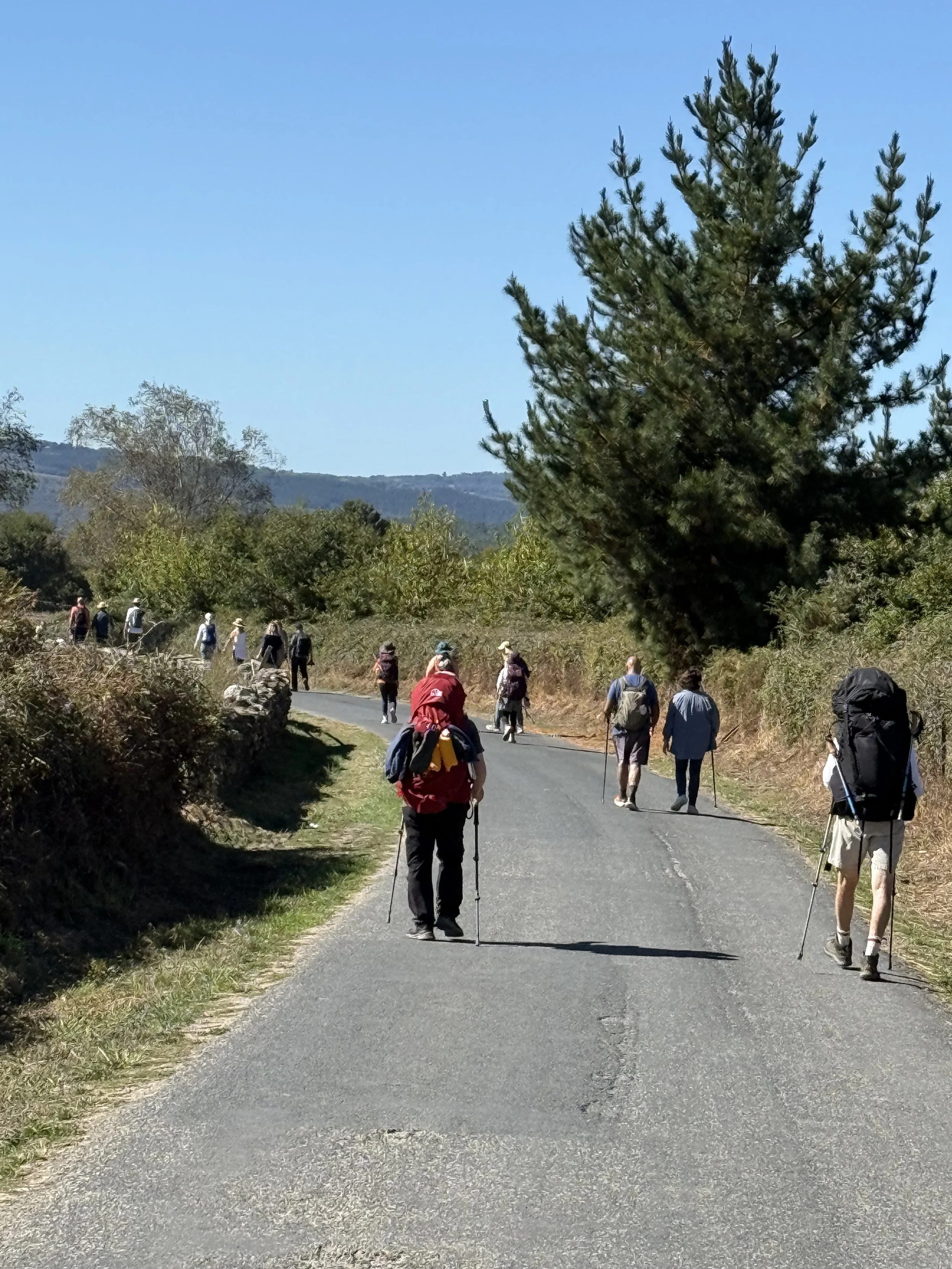Camino on a Budget: 10 Money-Saving Tips for Pilgrims
Why Budgeting Matters on the Camino
The Camino is not just a walk; it’s a journey that spans multiple towns, meals, and nights away from home. Without a plan, small expenses can quickly add up.
Lodging: €5–€150 per night, depending on the type
Meals: €20–€100 per day
Transportation: Varies greatly based on starting and ending points
Gear: €200–€800, depending on what you already own
By being intentional, you can easily walk the Camino for €30–€50 per day—a fraction of what a typical European vacation costs.
1. Choose the Right Starting Point
Where you start your Camino can significantly impact your overall expenses.
Budget-Friendly: Starting in Sarria or another closer town means fewer days on the trail and lower costs.
Higher Cost: Beginning in St. Jean Pied de Port or Porto will add extra days and more expenses for lodging and food.
Pro Tip: If you have limited time and budget, consider walking just the last 100 km from Sarria to Santiago to earn your Compostela certificate.
The crowds are much heavier in Sarria, as many pilgrims start in Sarria and walk the last 100 kilometers.
2. Travel in the Shoulder Season
Peak Camino season (May–September) comes with higher prices and busier crowds.
Shoulder Seasons: April, early May, late September, and October (We walked in September and October. The weather was beautiful and there were less pilgrims on the trail.
Benefits: Lower lodging rates, less competition for beds, cooler weather, and quieter trails
Walking in these months can save you money while giving you a more peaceful experience.
3. Book Flights Early and Fly Smart
Flights are one of the biggest upfront costs, but you can save significantly with a few strategies:
Book 3–6 months in advance for the best rates.
Fly into Madrid or Barcelona, then take a budget train or bus to your starting point.
Use budget airlines like Ryanair or Vueling for short European hops.
Set flight alerts with tools like Google Flights or Skyscanner.
For example, flying into Madrid and taking a train to Pamplona is often far cheaper than flying directly into a smaller airport like Biarritz.
Related post:How to Book Flights and Transportation for the Camino de Santiago
Use budget airlines for short European hops.
4. Stay in Public Albergues
Public albergues are the most economical lodging option and offer a true pilgrim experience.
Average Cost: €5–€15 per night
These hostels may be simple, but they’re safe, clean, and full of Camino camaraderie.
Bonus Tip: Mix in private albergues or hotels occasionally for rest days without blowing your budget.
5. Cook Your Own Meals
Eating out every day adds up quickly. Many albergues have kitchens where you can prepare simple, nutritious meals.
Shop at local markets for bread, cheese, fruit, and vegetables.
Team up with fellow pilgrims to share meal costs and cooking duties.
Pack lightweight utensils like a spork or collapsible bowl.
Sample Budget Day for Food:
Breakfast: Coffee and pastry (€2–€3)
Lunch: Picnic from groceries (€5–€7)
Dinner: Group meal you cooked yourself (€5–€8)
Total: €12–€18
FOLLOW THE CAMINO CHRONICLES
FACEBOOK: THE CAMINO CHRONICLES
6. Walk, Don’t Ride
Whenever possible, walk between towns rather than taking taxis or buses. After all, the Camino is about the journey on foot!
If you must ride:
Use public buses instead of taxis for long stretches.
Share taxis with other pilgrims to split costs.
Personal experience: We walked every step of the way from St. Jean Pied de Port to Santiago. We didn’t ride in a car for 49 days.
Hikers on the Camino de Santiago.
7. Pack Light and Avoid Luggage Transfer Services
Luggage transfer services are convenient but can add €5–€8 per day to your budget.
Solution: Pack only essentials and carry your own bag.
Bonus: Walking lighter builds resilience and independence.
Pro Tip: Use a 35–40L backpack to limit overpacking.
Related post: The Complete Packing List for the Camino de Santiago (What You Really Need)
8. Prioritize Free or Low-Cost Activities
The Camino is rich in free experiences:
Visiting ancient churches
Exploring historic villages
Watching a sunrise over the Meseta
Connecting with fellow pilgrims over a simple meal
Remember, the magic of the Camino doesn’t cost a thing.
Related post: Budget vs. Luxury: How to Plan Your Camino Experience
Get Your Gifts and Gear Here
9. Choose Budget-Friendly Gear
You don’t need to buy the most expensive hiking gear to walk the Camino successfully.
Borrow or buy second-hand items.
Prioritize comfort over brand names.
Shop sales and outlet stores for quality bargains.
Key gear to save on:
Trekking poles
Rain gear
Hiking clothes
10. Track Your Daily Spending
Keeping track of your expenses helps you stay mindful and avoid surprises.
Use a budgeting app like Trail Wallet or simple notes on your phone.
Set a daily spending goal and adjust as needed.
Example Daily Budget:
Category Budget
Lodging €10
Meals €20
Miscellaneous €5
Total €35
Internal Linking Suggestions
Encourage readers to explore more Camino Chronicles content:
How Much Does It Cost to Walk the Camino de Santiago?
Managing Altitude Changes on the Camino: Breathing and Lung Health Tips
How to Eat Healthy While Walking the Camino: Nutrition Tips for Pilgrims
A gorgeous sunset at O'Cebriero, along the Camino de Santiago
Conclusion: A Rich Journey Without the Expense
Walking the Camino on a budget doesn’t mean missing out. In fact, many pilgrims find that the simpler they travel, the richer their experience becomes.
By staying in public albergues, cooking your meals, and focusing on the journey rather than the extras, you’ll not only save money but also deepen your connection to the Camino tradition.
When you finally reach Santiago and stand before the cathedral, it won’t be about how much you spent—it will be about the memories, friendships, and personal growth you gained along the way.
Call-to-Action:
Ready to plan your Camino without breaking the bank? Follow @Camino.Chronicles for more budget-friendly tips, resources, and inspiration to help you prepare for this incredible pilgrimage.
Buen Camino,
Renae



